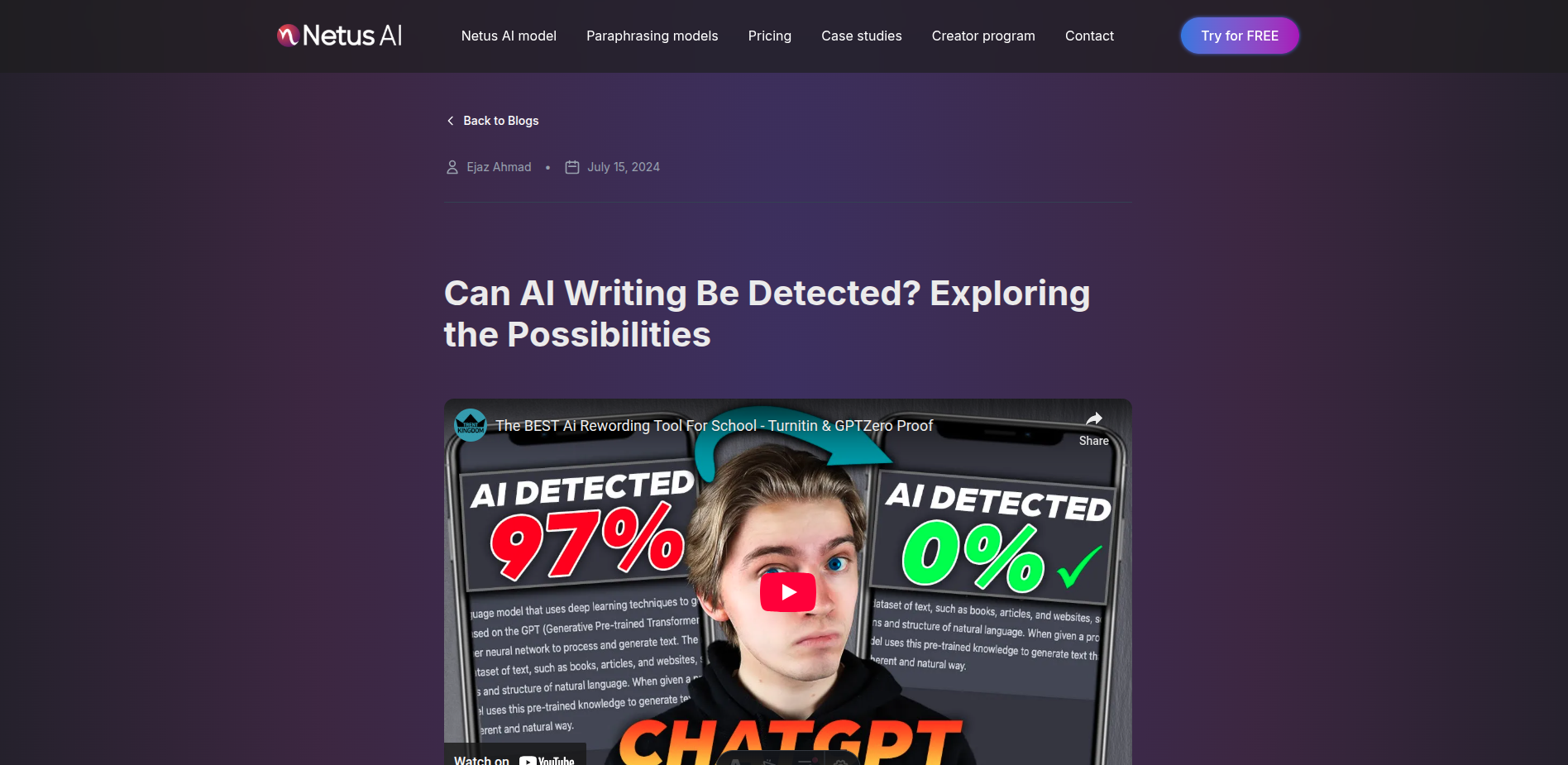Can AI Writing Be Detected? Exploring the Possibilities
Ashley Merit
Content writer and editor for Netus.AI
Table of Contents
Can AI Writing Be Detected? Artificial intelligence (AI) has transformed the way we live and work, and its impact on the field of writing is no exception. With the advent of AI writing tools, the process of content creation has become faster and more efficient. However, the question arises: can AI writing be detected?
AI-generated text is becoming increasingly sophisticated, to the point where it can be difficult to distinguish between human-written and AI-generated content. This has led to concerns about the potential misuse of AI-generated text, particularly in areas such as fake news, propaganda, and plagiarism. As a result, there is a growing need for tools and techniques that can detect AI-generated text.
Detecting AI-generated text is a complex task that requires a deep understanding of the underlying algorithms and techniques used by AI writing tools. While there are several approaches that can be used to detect AI-generated text, none of them are foolproof. As AI continues to evolve and improve, it is likely that detecting AI-generated text will become even more challenging.
Understanding AI-Generated Content
Artificial Intelligence (AI) has made significant progress in the field of Natural Language Processing (NLP) with the development of large language models like GPT-3 and GPT-4. These models are capable of generating human-like text that can be difficult to distinguish from content written by humans. However, there are some characteristics of AI-generated text that can help in detecting its origin.
Characteristics of AI-Generated Text
One of the most noticeable characteristics of AI-generated text is its lack of coherence and context. AI language models are trained on large datasets, which means they can generate text that is grammatically correct but lacks meaning and context. This can result in text that is repetitive, nonsensical, or even contradictory.
Another characteristic of AI-generated text is its lack of creativity and originality. AI language models are designed to generate text based on patterns and examples from the training data. As a result, the text they generate can be predictable and lack novelty.
Evolution of Language Models
The development of language models has evolved over the years, with each iteration becoming more sophisticated and capable of generating more human-like text. GPT-3, for example, is a large language model that can generate text that is difficult to distinguish from human-written content. Its successor, GPT-4, is expected to be even more advanced.
ChatGPT is another example of an AI language model that is designed to generate text that mimics human conversation. It is trained on a dataset of conversational data and can generate responses to prompts that are similar to those of a human.
In conclusion, while AI-generated text can be difficult to detect, there are some characteristics that can help in identifying its origin. As language models continue to evolve, it is likely that AI-generated text will become even more difficult to distinguish from human-written content.
Detection of AI-Written Text
Artificial intelligence has become increasingly sophisticated in generating text that closely resembles human writing. However, the question remains whether AI writing can be detected. In this section, we will explore the tools and techniques used to detect AI-written text, the reliability and accuracy of AI detectors, and the use of watermarking as a detection aid.
AI Detection Tools and Techniques
AI detection tools and techniques are used to identify whether a piece of text has been generated by an AI system. These tools analyze various features of the text, such as its perplexity and burstiness, to determine its origin. Perplexity is a measure of how well a language model can predict the next word in a sequence, while burstiness measures the frequency of repeated phrases or patterns in the text.
One popular tool for detecting AI-written text is the GPT-2 detector, which uses a machine learning model to analyze the perplexity and burstiness of a given text. Other tools, such as the Grover detector, use a neural network to identify the specific language model used to generate the text.
Reliability and Accuracy of AI Detectors
The reliability and accuracy of AI detectors vary depending on the tool and technique used. While some detectors can accurately identify AI-written text, others may produce false positives or false negatives. False positives occur when a detector identifies human-written text as AI-generated, while false negatives occur when AI-generated text is not detected.
To improve the reliability and accuracy of AI detectors, researchers are exploring the use of ensemble methods, which combine multiple detectors to improve their performance. Another approach is to train detectors on a diverse set of AI-generated and human-written text to improve their ability to distinguish between the two.
Watermarking as a Detection Aid
Watermarking is a technique used to embed a unique identifier into a piece of text, making it possible to trace its origin. This technique is commonly used to detect plagiarism and copyright infringement but can also be used to detect AI-written text.
Watermarking can be used in combination with AI detection tools to improve their accuracy and reliability. By embedding a unique watermark into AI-generated text, it becomes possible to identify the specific AI system used to generate the text and distinguish it from human-written text.
In summary, detecting AI-written text is a challenging task, but various tools and techniques are available to help identify it. The reliability and accuracy of these detectors vary, and researchers are exploring new approaches to improve their performance. Watermarking can be used as a detection aid to improve the accuracy and reliability of AI detectors.
The Impact on Various Sectors
Academic and Educational Applications
AI writing has the potential to revolutionize the academic and educational sectors. Educators and students can utilize AI writing tools to create unique content and improve their writing skills. AI writing can help detect plagiarism, ensuring academic integrity is maintained. Students can also use AI writing tools to generate ideas for their assignments and essays.
However, there are concerns that AI writing may make students too reliant on technology and hinder their critical thinking skills. It is important for educators to strike a balance between utilizing AI writing tools and fostering independent thinking skills.
Journalism and Content Creation
AI writing can also have a significant impact on journalism and content creation. Journalists can use AI writing tools to generate news articles quickly and efficiently. It can also be used to analyze large amounts of data and produce reports.
However, there are concerns that AI writing may lead to a decrease in the quality of journalism and content creation. AI-generated articles may lack the human touch and fail to capture the nuances of a story. It is important for content writers to use AI writing tools as a supplement to their skills rather than a replacement.
Ethical Considerations in AI Writing
The rise of AI writing raises ethical considerations regarding the use of AI-generated content. Marketers may use AI writing tools to create fake reviews or manipulate search engine rankings. AI content detection tools must be developed to detect and remove such content to ensure the integrity of online content.
Moreover, there are concerns that AI writing may lead to the loss of jobs for content writers and journalists. It is important for companies and organizations to develop policies that ensure the ethical use of AI writing and protect the jobs of content writers and journalists.
In conclusion, AI writing has the potential to revolutionize various sectors. However, it is important to use AI writing tools in a responsible and ethical manner to ensure the integrity of online content and protect the jobs of content writers and journalists.
Tools and Resources for Detection
Free and Premium Detection Services
There are a variety of free and premium detection services available for detecting AI writing. These services use various algorithms to detect plagiarism and other forms of AI-generated text. Some popular detection tools include Copyleaks, AI Text Detector, and GPTZero.
Copyleaks is a popular plagiarism checker that offers a free and premium version. The free version allows users to check up to 10 pages per month, while the premium version offers unlimited checks and additional features such as API integration and advanced reporting.
AI Text Detector is another popular tool that can detect AI-generated text. It uses advanced algorithms to analyze text and detect any signs of AI-generated content. The tool is available for free and can be used to check individual pieces of text or entire websites.
GPTZero is a premium tool that uses advanced machine learning algorithms to detect AI-generated text. It can be integrated with various writing tools and offers features such as real-time detection and advanced reporting.
Integrating AI Detectors with Writing Tools
Many writing tools now offer integrated AI detectors to help users detect any signs of AI-generated text. These tools can be used to check grammar, spelling, and other writing errors, as well as detect any signs of plagiarism or AI-generated text.
Scribbr is one such tool that offers an integrated AI detector. It uses advanced algorithms to analyze text and detect any signs of AI-generated content. The tool is available for free and can be used to check individual pieces of text or entire websites.
In conclusion, there are a variety of tools and resources available for detecting AI writing. Whether you are looking for a free or premium tool, there are options available to suit your needs. By integrating AI detectors with writing tools, users can ensure that their content is original and free from any signs of AI-generated text.
Challenges and Future of AI Detection
Limitations of Current Detection Methods
Despite the advancements in AI detection, current methods still have limitations. AI detectors can only detect AI-generated content that has already been seen and analyzed before. This means that new and sophisticated AI-generated content can still go undetected. Additionally, AI detectors can only detect content that has been generated by specific AI models and may not be effective against other models.
Another limitation is the possibility of false positives. AI detectors may flag legitimate content as AI-generated, leading to unnecessary scrutiny and investigation. This can be particularly problematic in cases where privacy is a concern.
The Arms Race Between AI and Detection
As AI technology continues to advance, so does the sophistication of AI-generated content. This creates an arms race between AI and detection technology. As AI generators become more advanced, detection methods must also advance to keep up. However, this can be a challenging and costly process.
Moreover, as detection methods improve, AI generators may adapt and evolve to evade detection. This creates a cycle of innovation and adaptation that may never end.
To address these challenges, researchers are exploring new methods, such as stable diffusion, which aims to create more stable and predictable AI models that are easier to detect. Additionally, a detection tool kit is being developed to help researchers and organizations improve their detection capabilities.
Despite these efforts, the future of AI detection remains uncertain. As AI technology continues to evolve, so will the challenges and opportunities for detection. Privacy concerns will also need to be addressed as detection methods become more sophisticated.

The shortcomings of content generated by AI | NetusAI
Discover why fast, high-volume AI content often fails to deliver real results. Learn about the crucial missing feedback loop and how implementing performance tracking can transform your AI content strategy.
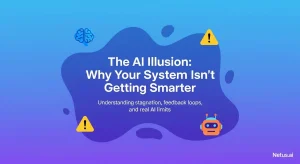
The illusion of AI: Your system's intelligence gap | NetusAI
Stop wasting marketing spend! Most AI tools don’t learn from results, causing content stagnation and low engagement. Discover why your generative AI isn’t getting smarter and what system actually learns and optimizes content.
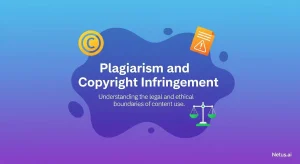
Plagiarism and copyright infringement | NetusAI
Learn the distinct differences between plagiarism and copyright infringement. Understand the ethical and legal implications and get practical strategies for avoiding both academic and creative work with NetusAI.
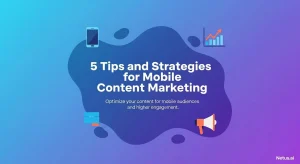
Tips and strategies for mobile content marketing | NetusAI
Optimized for mobile-first indexing, learn 5 essential strategies to capture attention, enhance engagement and drive leads and sales with your mobile content marketing.
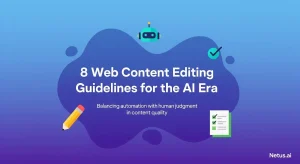
Web content editing guidelines for the AI era | NetusAI
Review web content editing guidelines for the AI era. Learn how to edit AI-generated content, ensure authenticity and optimize for SEO and readability.
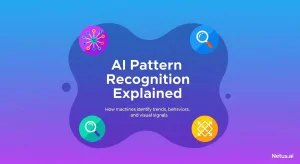
Explaining AI pattern recognition | NetusAI
AI pattern recognition enables machines to identify trends for diverse applications, from detecting plagiarism to fraud. Discover its processes, models and real-world benefits.

